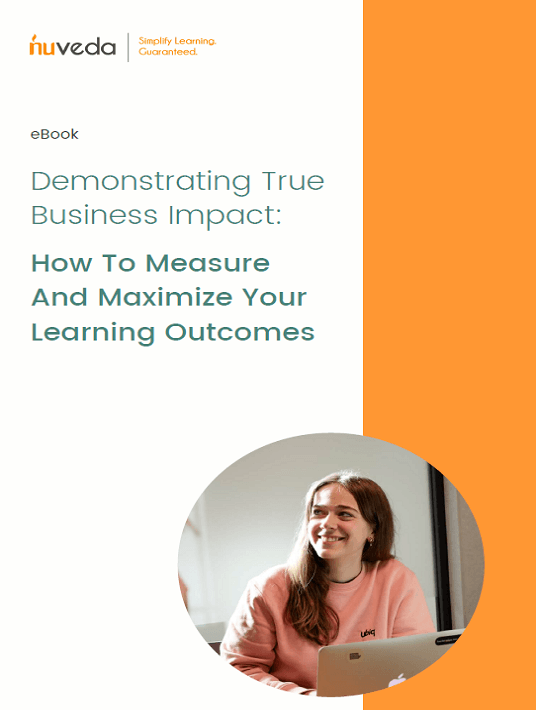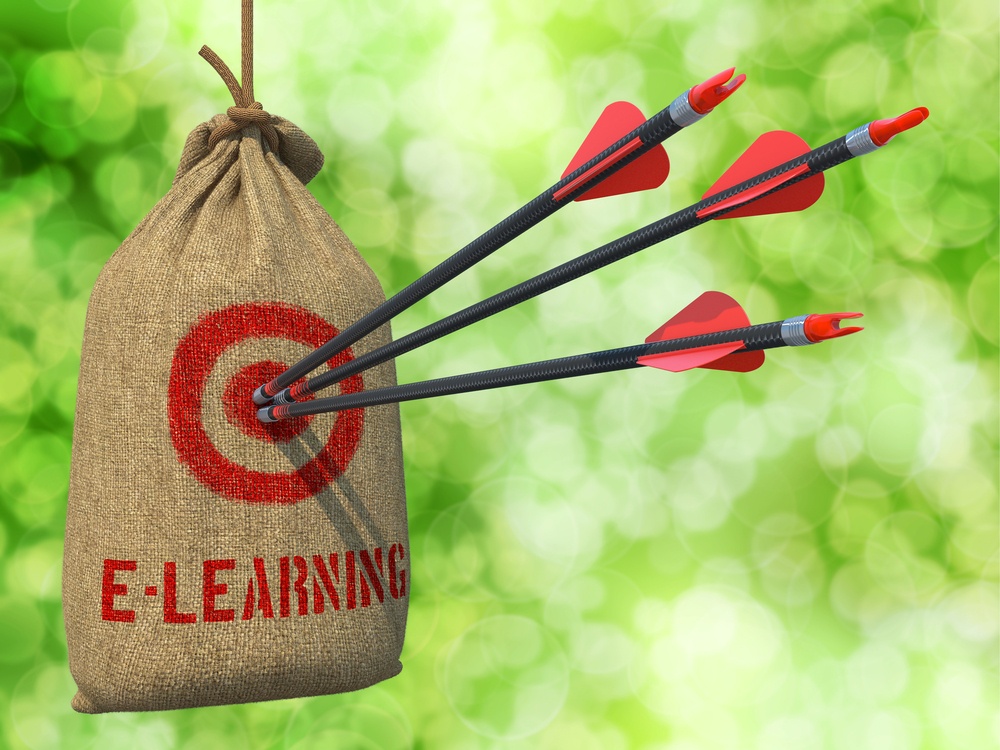How To Create Learning Outcomes You Can Measure
In the last article, we delved into why your business goals need to be connected with your learning initiatives. This article solely focuses on how to create measurable learning outcomes according to your business needs. While there are several parameters that await your attention, we offer you a rule of thumb, regardless of what industry you are in or what learner environment you have cultivated.

1. Identify What Your Organizational Objectives Are
“Our productivity needs to improve 100% within the next quarter;” “Our profits need to be doubled next year;” “The sales team needs to sell $100,000 worth of products next quarter.”
The most basic step for creating a measurable learning outcome is to understand the objectives of your organization over different time periods. This helps L&D leaders peel the layers of their organizational objectives and help create various stages of development that the teams need periodically. Teams then understand their roles and responsibilities of what, why, and how of the learning initiatives. These objectives can also provide you with very specific milestones for each team resulting in positive performance behaviors.
2. Perform A Training Needs Analysis (TNA)
“We need features like checklists, assessment engine, proctoring, event scheduler, and surveys to conduct assessments and certifications” -Excerpt from a client of NuVeda and the world’s largest eye care organization. They wanted a dynamic eLearning platform to conduct assessments and certify their nurses or Allied Ophthalmological Personnel (AOPs) as part of their onboarding process for new nurses.
A Training Needs Analysis is a key component of creating a measurable learning outcome for your organization. But what is a Training Needs Analysis? TNA is a systematic process of identifying various training needs of employees in an organization. For example, if your marketing team needs additional knowledge to help it reach unique users, the Training Needs Analysis can help you understand what are the learning elements that would be required to bridge the gap for the marketing team. While the business needs and wants are defined externally, its success is guaranteed only if the internal machinery is well oiled. L&D managers should invite stakeholders from the management and the workforce to understand better the learning objectives of various internal departments. L&D leaders can also use this opportunity to understand learning objectives in depth and align business goals and objectives accordingly.
3. Establish Behavioral And Knowledge Boundaries
Attitudes, intentions, and knowledge propel your learning objectives. Each team needs to cultivate its own behavioral and knowledge bank to succeed. When you define your business needs, you should also define how each team needs to respond to the specific tasks that are provided to them. A learner’s journey at this stage is a transition from knowledge to behavior that requires continuous follow-ups to avoid the risk of relapse. To create a measurable learning outcome, it’s best that this exercise needs to sustain in the long term rather than being a stop-gap solution to your problems.
4. Create Action-Based Goals For Learners
Always remember the learner is at the heart of creating any measurable learning outcomes. They need to be motivated and should be able to understand their end goal when they finish their learning journey. Action statements like “At the end of this module...,” “This courseware is for...,” “The goal of this training program is to...” help keep your learners focused on the end goal. This method is derived from Bloom’s taxonomy and helps you quantify your learning outcomes. Actionable statements also provide L&D leaders with measurable milestones which you can align with your business goals and evaluate your employees.
5. Assess For Measurable Gain
Practical assessments based on an employee’s role are a part of creating measurable gain. Tools like pre- and post-training assessments and quizzes, personal discussions, one-on-one meetings, role plays, simulations, case studies, and assignments can also be deployed to assess gains. Training your learners with examples of real-life situations and assessing their performance based on these situations is the right way. This method puts learners at the heart of the use case and is a realistic way of understanding how they troubleshoot with innovation. Measurable learning outcomes derived from this method will accurately align with your business goals and objectives.
Conclusion
Understanding the business objectives, using that as a benchmark to create an efficient Training Needs Analysis, deploying action-based goals, and finally assessing for measurable gains are some of the key steps that can help you create measurable learning outcomes. Connecting all these aspects are practical assignments that put the learners in situations that are realistic and therefore allow them to create positive habits for their jobs.
Download the eBook Demonstrating True Business Impact: How To Measure And Maximize Your Learning Outcomes to drive L&D initiatives in the right direction and achieve your desired business outcomes. You can also join the webinar to learn whether your L&D initiatives really align with the organizational objectives. The webinar also explores how to leverage the full capabilities of CALF™️, the learning platform that measures the behavioral and business impact of your learning interventions.









